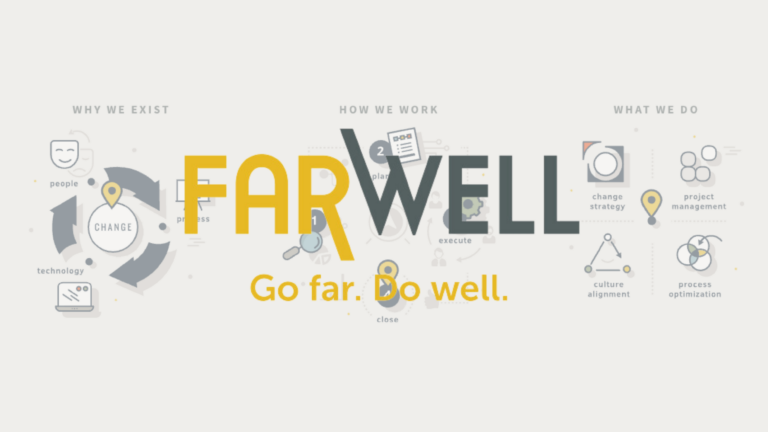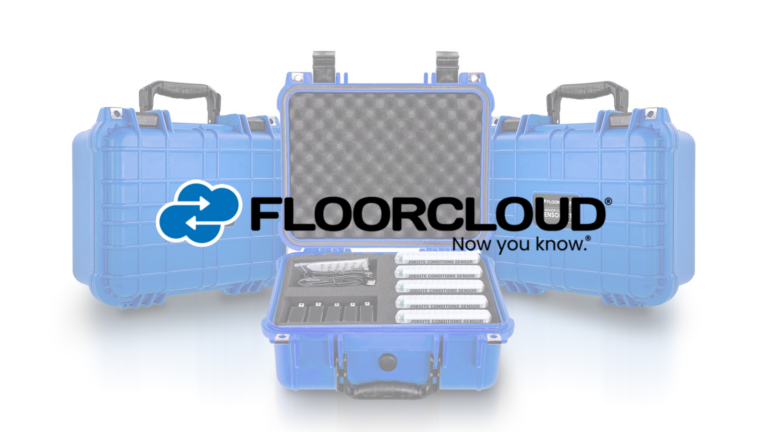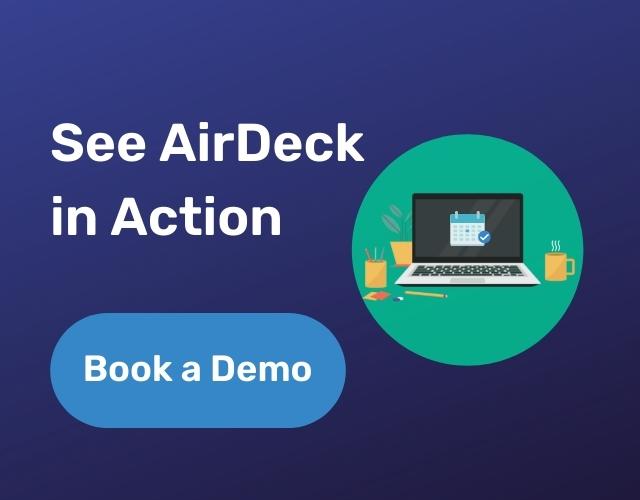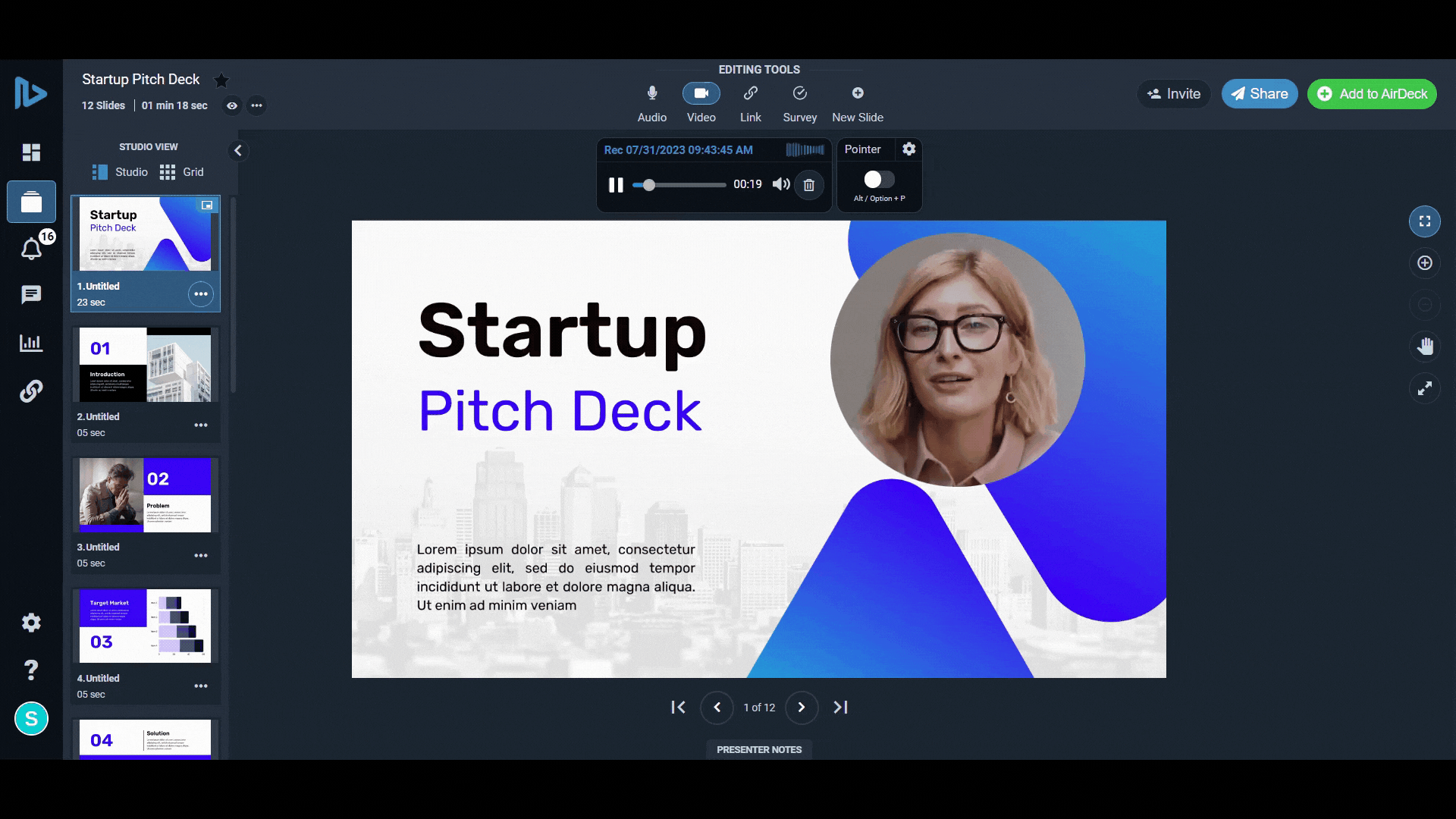Webinars have run their course. They’re boring, they lack substance, and for most of us in the office, they’re used as times on our calendar to answer emails, check our voicemails, and see if anyone has liked our latest Instagram post.
Still, the corporate world clings to webinars as a tool to educate a broad audience on a specific topic. In some cases, the webinar is used to tell customers about trends in their industry and in others, it acts as a simple solution for companies to educate their employees. In still other cases, webinars become the de facto methods for onboarding or otherwise educating new customers on a company’s products.
The problem, however, is that webinars are largely ineffective at reaching their goals. Instead, they’re used as filler for lazy companies, at best, and wastes of time, at worst.
Still, companies realize they need to educate their cohorts. And they need to find a solution.
Enter AirDeck.
AirDeck users have utilized our service to dramatically reduce their reliance upon, if not entirely eliminate, webinars. And along the way, they’ve reported that presentation recipients are more engaged, more likely to complete their AirDecks, and more likely to find value in what they’re experiencing.
The secret ingredient in AirDeck replacing the webinar resides in the ability for attendees to engage with content on their own schedule.
One of the biggest problems with webinars is that they require people to be engaged at a specific time in their day. Often times, that happens when they’re busiest — and least likely to pay attention. And even if a webinar is held at a less-busy time, attendees often use that time to catch up on things.
When companies use AirDeck, however, that problem is quickly eliminated. Companies can simply create the same presentation in AirDeck and apply narrations to each slide. They can then send those to the webinar’s would-be attendees and allow those folks to view the presentation when they want and how they want.
Better yet, AirDeck users can input a variety of interactive elements, like surveys, to further engage audiences. And with help from AirDeck’s industry-leading analytics features, companies can see how many people viewed presentations, checked out core components of the presentations, and more. Those analytics can even provide valuable insight into the messaging that resonates — and does not.
Not surprisingly, AirDeck users that had previously relied upon webinars have since moved away from them. They’ve found that AirDeck delivers better engagement, better information-sharing, and better overall performance than the webinar. Best of all, AirDeck saves everyone time without forcing people into boring, drawn-out content that they simply don’t have time for during their busy workdays.
Webinars undoubtedly have had their place in the business world and have been used for a variety of purposes. But they’re outdated, lacking in value, and generally fall short of the expectations most companies have for them.
AirDeck, meanwhile, has changed the state of play. And by doing so, the company is reshaping what it means to educate a broad swath of people in a timely and effective way.
The webinar had its place. Now it’s stepping aside. And we have AirDeck to thank for that.















